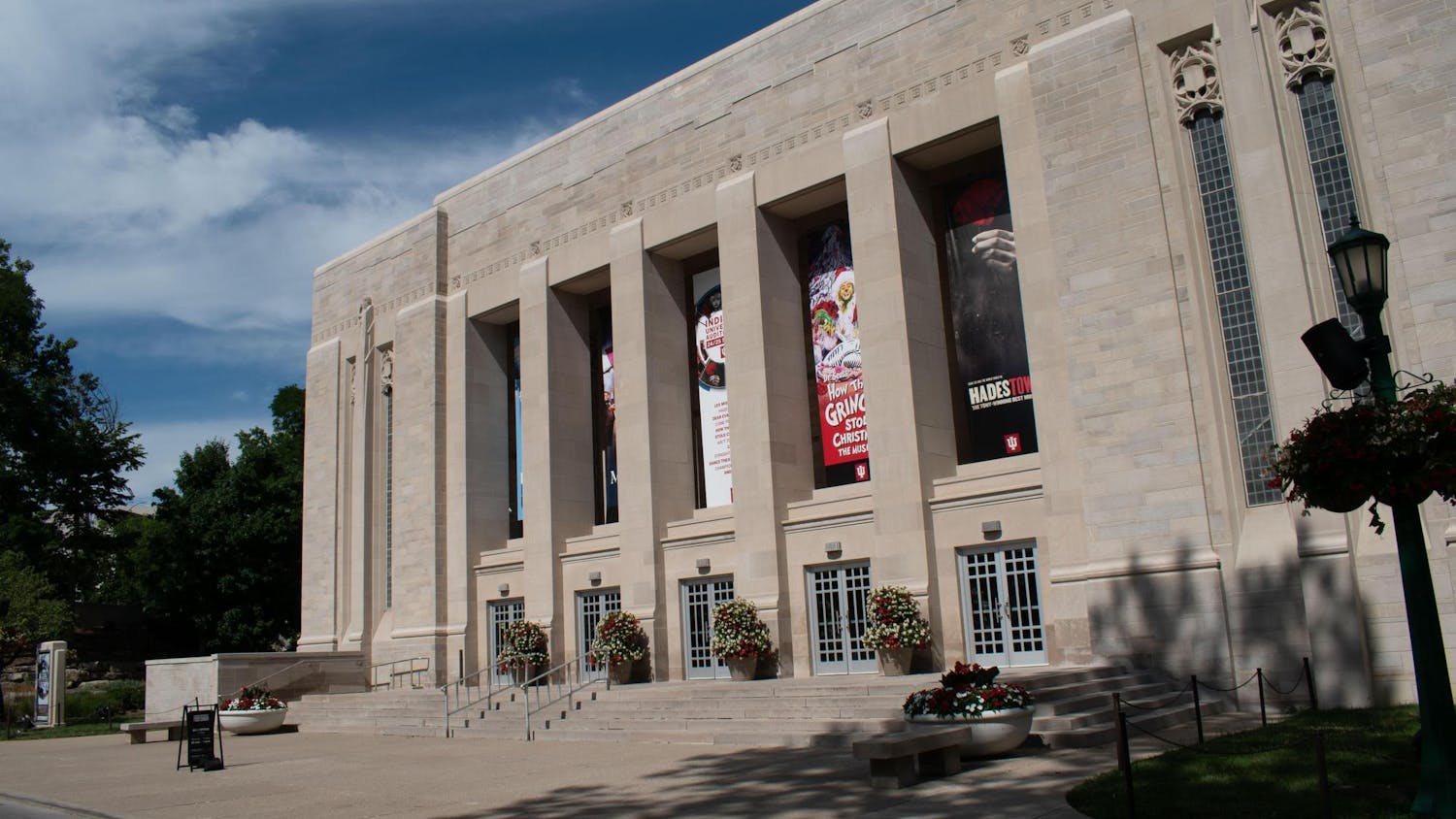Hip-hop is everywhere. All over the world, people listen to different variations of music that incorporate the global genre of hip-hop into their local styles. In the West African nation of Ghana, the manifestation of this incorporation of global and local musical influences is hiplife.
The musical genre of hiplife has invaded every facet of the lives of Ghanaians. Regardless of your age, geographical location or profession in Ghana, it seems everyone listens to hiplife. It is played in tro-tros (mini-buses), at clubs and everywhere else one happens to venture within the confines of the country. Hiplife is the popular contemporary fusion of global and indigenous musical forms.
Prior to the 1970s, each ethnic group in Ghana has its own form of indigenous or
traditional music. Among them are Borborbo, Agbadza, Kpanlogo and Adowa. These musical forms were not enjoyed by the entire Ghanaian community, but rather a smaller ethnic base.
In the early 1970s, there was an incorporation of these indigenous musical forms and dances to form the genre of highlife. This was the first genre in Ghanaian history to go beyond ethnic groups and have mass appeal to all Ghanaians, and in doing so it helped to construct a sense of Ghanaian nationalism.
Then in the ’80s, hip-hop became popular in the Western world, and its birth led to musical changes around the globe. Ghanaian artists like K.A. Kabobo and Gyedu Blay Ambolley began to sample and create their own hip-hop beats. Through these
constructions, hiplife was born.
Since then, various hiplife artists have experimented with this genre in many different ways. They have combined traditional Ghanaian dances and beats with Western motifs for their songs.
Their songs also generally use multiple languages to represent the multiplicity of Ghanaian life. Some artists perform solely in English or local languages like Twi or Ga, but most combine the two languages or use slangy Pidgin English to better identify with their audience.
It has been popularized because of its innovative blend of local and global forms of music to appeal to a wide range of Ghanaian audiences. The very name illustrates a synthesis of the two types of music to form hiplife.
Since its conception, hiplife has been spreading rapidly across West Africa. It now serves as a unifying element of popular culture because it is accepted and enjoyed by people across Ghana because of the use of various forms of mass media.
Hiplife allows Ghanaians to hold on to traditional forms of culture, yet merge these forms with popularized forms from the West to construct their own unique from of music and dance. Hiplife is not just local or global culture. Rather, it is a culmination of the two in a collective popularized genre.
Column:Hip-hop in West Africa
Get stories like this in your inbox
Subscribe





